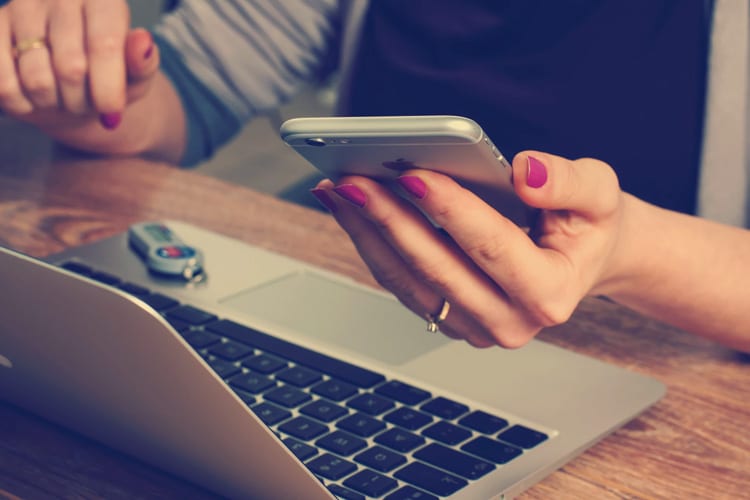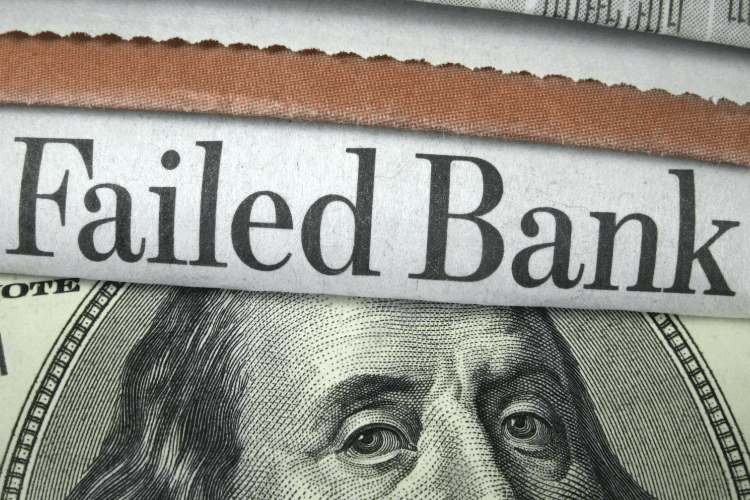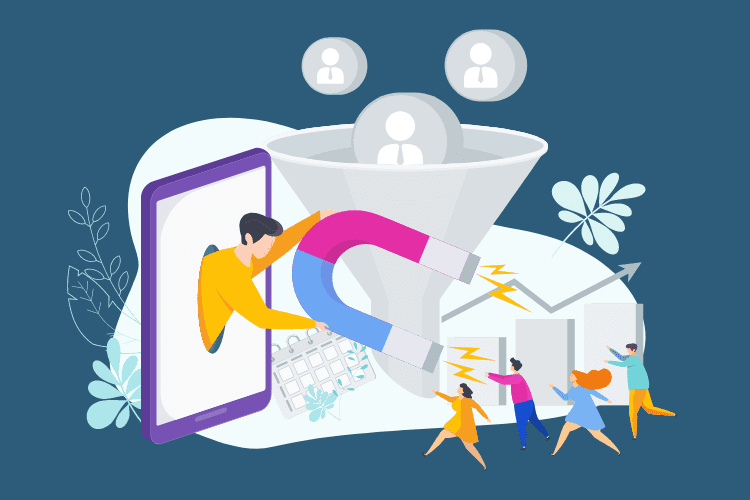How to Open and Manage Checking and Savings Accounts

You know it’s important to make money, but where should you put that money once you have it? Once you’re earning a steady paycheck, the piggy bank on your dresser won’t cut it anymore. You need a checking and a savings account to properly protect and manage your money.
However, not all accounts are created equally, and not every bank will meet your needs. Let’s take a look at the best tips to open your checking and savings accounts properly.
Checking Accounts: Designed For Spending
Adulthood isn’t just about independence; it’s also about responsibilities. Your checking account is designed to help you meet your financial responsibilities. Think of your checking account as a place to hold your money while it waits to be spent on:
- Utility bills
- Groceries
- Gas
- Credit card payments
- ATM withdrawals
- Other essential expenses
Banks try to remain competitive by offering benefits with their checking accounts, so make sure you shop around before settling on a bank. Try to choose a bank with a few of these perks:
- No monthly maintenance fees/minimum balance requirements
- Free access to ATMs locally and nationally
- Sign-up bonuses
Once you find an institution you can trust, walk into a branch and ask to open an account. You’ll need your driver’s license (or other official type of ID), Social Security number, and possibly something with your legal address on it. The banker assisting you will do the rest, and within just 20 or 30 minutes you’ll have an account of your own.
Tips for Managing Your Checking Account
Your checking account should never remain out of sight or out of mind. It’s important to monitor your deposits and spending. If you fail to watch your account, you could accidentally spend more than you have.
Overspending is dangerous because it results in hefty bank fees. Let’s say you write a $75 check to pay your water bill, but you only have $45 in your checking account. When your water company attempts to deposit your check, it will “bounce.” This means it will be rejected. You’ll face a bank fee of $30 or $40 (or more!) and your water bill will remain unpaid. To add insult to injury, the water company might charge you for the returned check, too.
Fortunately, online banking makes it effortless to check your account balance. It’s as easy as opening an app on your phone. Often, banks allow you to set notifications if your balance drops below a certain amount, too.
Savings Accounts: Designed For Growing Money
Savings accounts are designed to hold the money you are, well, saving. They pay interest so that your money doesn’t sit stagnant. For example, if you have $500 sitting in your savings account and your bank offers a 2% interest rate, your money will earn $10 per year. Savings accounts generally offer a better interest rate than checking accounts do.
There’s just one small catch: The federal government places a limit on withdrawing money from your savings account online. You can only shift money from a savings to checking account via online banking six times per month and/or up to a certain amount.
Tips For Managing Your Savings Account
Since your savings account isn’t designed for regular spending, it doesn’t require daily attention like your checking account. However, it’s still helpful to monitor your balance and interest payments. If you put away just 5% or 10% of your paycheck every two weeks, you can steadily increase your savings account balance and build a healthy emergency fund.
Should I Open a Checking and Savings Account at the Same Bank?
There are pros and cons to opening a checking and a savings account at the same bank.
On the plus side, keeping both accounts in the same place makes it easy to transfer money between accounts. You can even set up an overdraft feature that shifts money from your savings to checking account in the case of an overcharge or unexpected expense.
However, bundling your checking and savings account at the same bank isn’t always the best option. Sometimes the banks with superior savings account interest rates don’t offer attractive checking account features. It’s always an option to open a single high-yield savings account at a different bank to maximize your interest rates.
As your income grows and your financial responsibilities expand, your savings and checking account needs will evolve. As long as you keep track of your financial responsibilities, you can ensure your money is working for you!
Read about micro-investing and how to get started with our complete guide: Micro-Investing: What It Is, Why It’s for You and How to Start.










